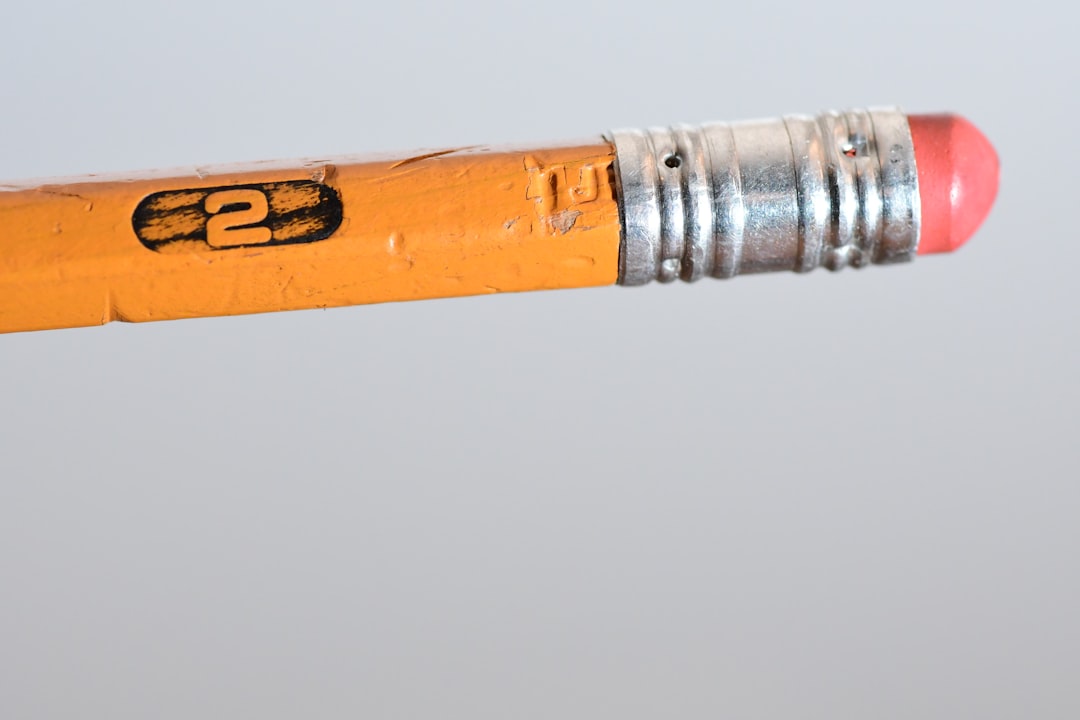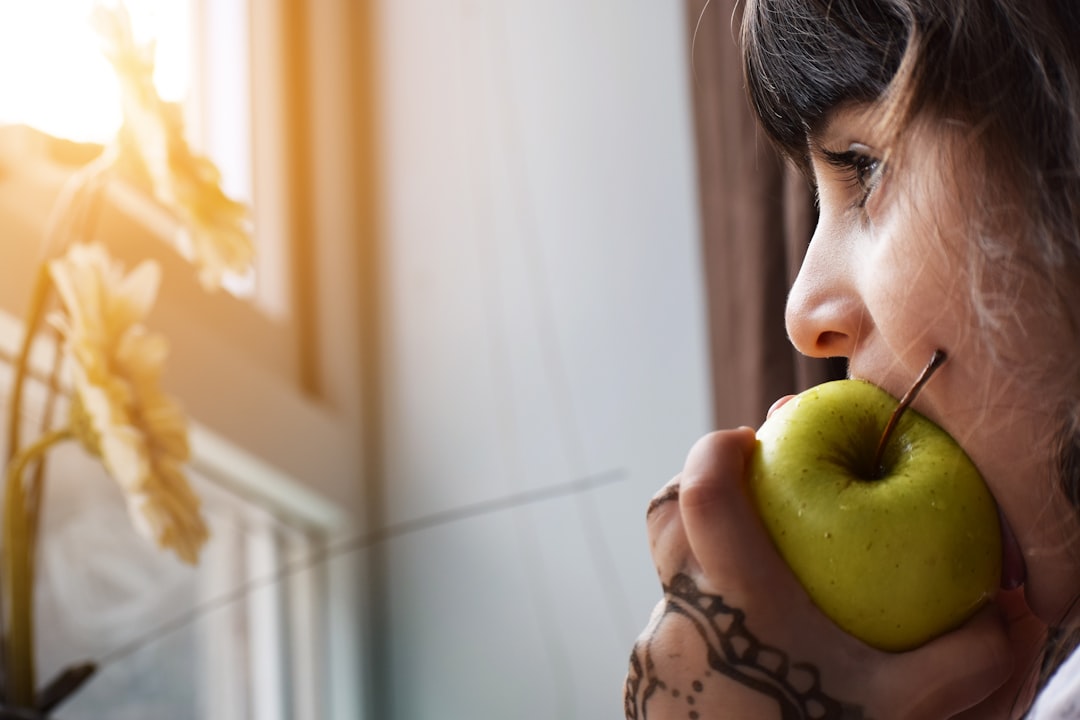What is it about?
Previous research has looked at how people create narratives (tell stories) to help them come to terms with chronic illness. Based on in-depth interviews with 57 people, this article looks at how people create stories to make sense of being identified as a genetic carrier for sickle cell or thalassaemia (also called having sickle cell or thalassaemia trait). In doing this we draw upon insights from the French philosopher Paul Ricoeur. Being a sickle cell or thalassaemia carrier is largely a benign state, with health professionals mainly focussing attention onto reproductive choice. We found that people link the new information that they are genetic carriers in three ways. First they use it to make sense of any bodily symptoms: unless they can make sense of having sickle cell or thalassaemia trait in this way, it leaves them feeling ill-at-ease. Secondly, they make sense of being a genetic carrier for sickle cell or thalassaemia by using it to confirm wanted family relationships and distance themselves from unwanted family relationships. Thirdly, they link their sickle cell or thalassaemia trait to wider community struggles: for example, to Black British Caribbean struggles for social recognition and respect and to British Muslim struggles not to be stereotyped by wider society. Health professionals who only focus on the reproductive risk element of having sickle cell or thalassaemia trait emphasize informed reproductive choice, but informed care would attend to the broader concerns of people who have sickle cell or thalassaemia trait.
Featured Image
Why is it important?
Being identified as a genetic carrier for sickle cell or thalassaemia has tended to be viewed by health professionals as being about making people aware of their reproductive genetic risk of having a child with a major chronic illness such as sickle cell anaemia or beta-thalassaemia. But we know little about how more broadly people make sense of having sickle cell or thalassaemia trait. Both the fact that having sickle cell or thalassaemia trait is presented by health professionals as a “diagnosis” and the fact that both sickle cell or thalassaemia trait involve actual changes in red blood cells means that expert pronouncements that they are “healthy carriers” attempts to focus all attention on genetic risk and not on the impact of sickle cell or thalassaemia trait on the person’s concept of their own body; on how they think about relationships with other family members and on how they make sense of trait in respect of wider community folklore.
Perspectives
The implications of this article are that we need to attend more seriously to factors other than reproductive risk in relating to people who have sickle cell or thalassaemia trait. At present health professionals focus on reproductive risk, but do not attend to the individual health concerns of genetic carriers. This is unhelpful as public health advice to the effect that, on the whole, sickle cell or thalassaemia trait are harmless carriers, ignores substantial variations within those who have the trait (proportion of haemoglobin that is sickle haemoglobin in the case of sickle cell carriers; actual degree of anaemia in those with thalassaemia trait). Moves to personalized genomic medicine have once again by-passed much more basic information when it comes to those (in the UK largely from marginalized ethnic communities) with sickle cell or thalassaemia trait. We have such individual genetic information available but at present the details of laboratory reports are not fully shared with clients and those living with sickle cell or thalassaemia trait are given cursory explanations and left generally unsupported with respect to any health implications of the trait.
Professor Simon M Dyson
De Montfort University
Read the Original
This page is a summary of: Narrative as re-fusion: Making sense and value from sickle cell and thalassaemia trait, Health An Interdisciplinary Journal for the Social Study of Health Illness and Medicine, August 2016, SAGE Publications,
DOI: 10.1177/1363459316660861.
You can read the full text:
Contributors
The following have contributed to this page










